As winter approaches, ensuring your heating system is in top shape becomes essential. Cold weather can strain your heating system, leading to potential breakdowns if key issues are not addressed. Timely heating repairs can help maintain a comfortable and warm home throughout the season.
Furnace Filter Replacement
Importance of Clean Filters
One of the most critical heating repairs is replacing the furnace filter. Clean filters are essential for maintaining good air quality and ensuring the efficient operation of your heating system. Dirty filters can restrict airflow, causing your furnace to work harder and use more energy. This can lead to higher energy bills and potential damage to the system. Clean filters also help reduce allergens and dust in your home, providing a healthier living environment.
How to Replace Furnace Filters
Replacing furnace filters is a straightforward task that can significantly impact your heating system’s performance. First, turn off your furnace to ensure safety. Locate the filter compartment, which is usually found near the return air duct or the blower compartment. Open the compartment, remove the old filter, and take note of its size. Purchase a replacement filter of the same size and type. Insert the new filter, ensuring it is aligned correctly with the airflow arrows pointing toward the furnace. Close the compartment and turn the furnace back on. Regularly replacing the filter, typically every one to three months, keeps your system running smoothly.
Thermostat Calibration and Repair
Signs Your Thermostat Needs Attention
A properly functioning thermostat is crucial for maintaining a comfortable home. If you notice inconsistent temperatures, your thermostat may need calibration or repair. Other signs include a thermostat that doesn’t respond, short cycling (frequent turning on and off), or a display that malfunctions. These issues can affect your heating system’s efficiency and lead to discomfort in your home.
Steps for Calibration or Replacement
To calibrate your thermostat, start by checking its position. Ensure it’s level and dust-free. Next, use a thermometer to compare the room temperature with the thermostat reading. If there’s a discrepancy, consult your thermostat’s manual for calibration instructions, as these steps may vary by model. For basic models, you might need to use a small screwdriver to adjust the calibration screw. If calibration doesn’t resolve the issue, replacement might be necessary.
Begin by turning off the power to your heating system. Remove the thermostat cover and unscrew the mounting screws. Disconnect the wiring, labeling each wire for easy reconnection. Attach the new thermostat by following the manufacturer’s instructions, reconnecting the wires, and mounting it to the wall. Turn the power back on and test the new thermostat to ensure it controls the system properly. If you’re unsure about any steps, our professionals can handle the thermostat calibration or replacement process for you.
Ductwork Inspection and Sealing
Identifying Leaks and Blockages
Ensuring your ductwork is in good condition is vital for efficient heating. Over time, ducts can develop leaks and blockages that hinder airflow. Common signs of duct issues include uneven heating, higher energy bills, and excessive dust. Our technicians can inspect your ductwork to identify any leaks or blockages. This process involves checking for obvious cracks, gaps, and debris that might obstruct airflow.
Benefits of Properly Sealed Ducts
Properly sealed ducts offer numerous benefits for your heating system. Sealing leaks prevents warm air from escaping, ensuring that heat is efficiently distributed throughout your home. This not only improves comfort but also reduces energy consumption, leading to lower heating bills. Well-sealed ducts also enhance indoor air quality by preventing dust, allergens, and pollutants from entering the ductwork and circulating through your home. By addressing ductwork issues, you can achieve a more efficient and healthy heating system.
Pilot Light and Ignition System Check
Common Pilot Light Issues
The pilot light plays a crucial role in your heating system. If the pilot light isn’t functioning correctly, your furnace may not produce heat. Common pilot light issues include it going out frequently, producing a weak flame, or not staying lit. These problems can result from a dirty pilot orifice, a faulty thermocouple, or gas supply issues. Our technicians are skilled in diagnosing and resolving pilot light problems.
Ensuring Proper Ignition System Function
Ensuring the ignition system functions properly is essential for a reliable heating system. If your furnace has an electric ignition system, issues can include faulty igniters or problems with the control board. Regular checks and maintenance of the ignition system help prevent heating failures. Our professionals can clean the pilot orifice, adjust the thermocouple, and check the gas supply to ensure everything operates smoothly. Proper maintenance ensures your furnace ignites effectively and provides consistent heat during the cold months.
Conclusion
Making essential heating repairs before winter ensures your home remains warm and comfortable. Addressing issues with furnace filters, thermostats, ductwork, and the pilot light can prevent unexpected breakdowns and improve the efficiency of your heating system. Regular maintenance and timely repairs are crucial for getting the best performance from your furnace.
For reliable and professional heating repair in Chandler, trust Perfect Climate Heating, Air & Plumbing. Our experts are ready to help you tackle any heating issues and keep your home comfortable all winter long. Contact us today to schedule an appointment and ensure your heating system is in top shape.



